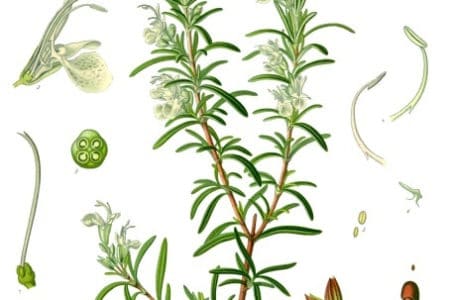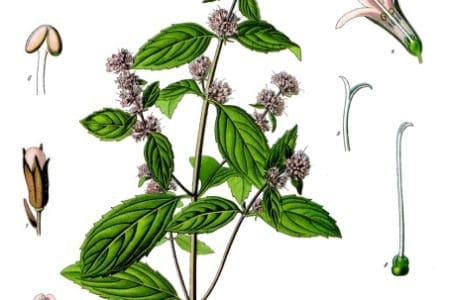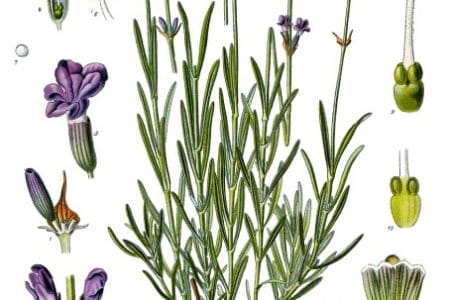
The INCI Names of Ingredients in Your Cosmetics
Pogostemon cablin? Cera Alba? Oryza Sativa? What are those?! Have you ever heard about the INCI? Many people are wondering about the way we spell the ingredients on our labels. We have even been criticized for using poor English or making spelling mistakes, with some people even thinking about filing a complaint with the Office de la langue française… Let us set the record straight! As of November 2006, all cosmetics sold in Canada must comply with Health Canada’s labelling requirements as well as with the Cosmetic Regulations. Let’s break down this special INCI language.
–
What is the INCI?
INCI refers to the International Nomenclature for Cosmetics Ingredients. It is a system for naming ingredients used in cosmetics that is multilingual, multinational, and based on Latin. The use of INCI names is mandatory in Canada for all manufacturers and retailers of cosmetics, whether artisanal or industrial. The complexity of this jargon can be intimidating for consumers (and sometimes even for manufacturers!). However, the INCI is designed so that ingredient names can be universally recognized, thus avoiding the potential confusion that would arise from the use of various—even improvised or inadequate—trade names.
–
Plant substances
Plant substances are ingredients that are directly derived from a plant and not chemically modified before they are used in the preparation of cosmetics. The ICI dictionary (International Cosmetic Ingredient Dictionary and Handbook) identifies plant substances by their genus, species, common name, part of the plant from which they come and extraction method. The INCI name for orange peel extract would be Citrus aurantium dulcis (orange) peel extract. In Canada, plant substances must be designated using at least the genus and species listed in the INCI name.
The following are examples of INCI names that refer to genus and species:
- Peppermint: Mentha Piperita
- Spearmint: Mentha Spicata
- Lavandin: Lavandula Hybrida Abrialis
- Patchouli: Pogostemon Cablin
Check out our list of essential oils to familiarize yourself.
–
Trivial names
Trivial names are the names, other than those of plant substances, listed in the Schedule to the Cosmetic Regulations and assigned by the European Union (EU).
Examples of accepted labelling combinations for a “trivial” ingredient:
- Aqua OR Water/Eau OR Aqua/Water/Eau
- Cera alba OR Beeswax/Cire d’abeille OR Cera alba/Beeswax/Cire d’abeille
- Caprae Lac OR Goat Milk/Lait de chèvre OR Caprae Lac/Goat Milk/Lait de chèvre
–
Ingredients without INCI names
As a cosmetics manufacturer, Quai des Bulles must comply with Health Canada’s labelling requirements. For more information, we invite you to consult Health Canada’s Labelling of cosmetics webpage. And to help you understand the ingredients listed on our labels, you will find the list of ingredients for each product in its respective description on the website of our online store.
–
- Rosmarinus Officinalis
- Mentha Piperita
- Lavandula Angustifolia
Cosmetic Labelling Regulations
As a cosmetics manufacturer, Quai des Bulles must comply with Health Canada’s labelling requirements. For more information, we invite you to consult Health Canada’s Labelling of cosmetics webpage. And to help you understand the ingredients listed on our labels, you will find the list of ingredients for each product in its respective description on the website of our online store.
Source: Health Canada
–





